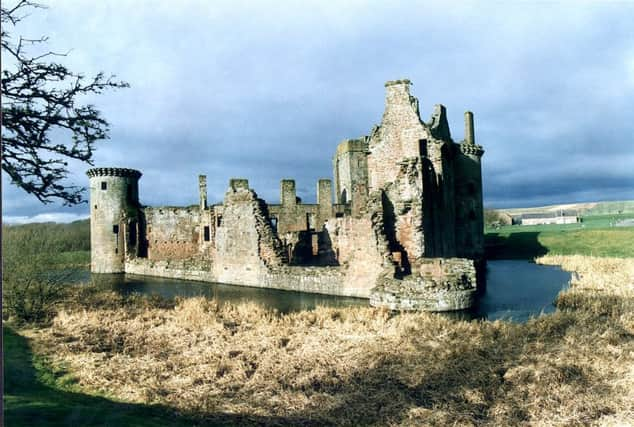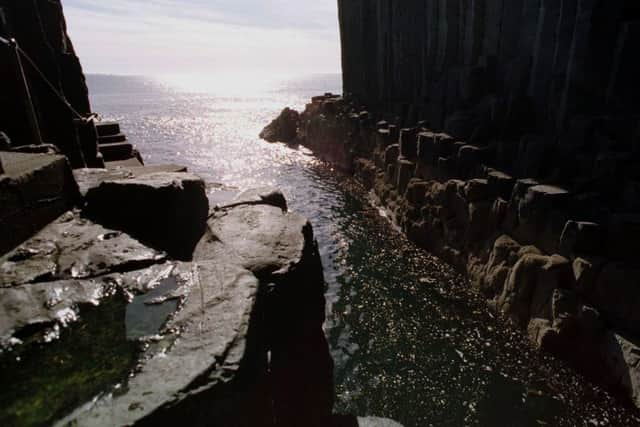Wanted: the Scottish clans looking to appoint a new chief


Modern chieftains are purely ceremonial figures, more likely to be employed as landscape gardeners than live in Highland castles.
A series of laws passed in the aftermath of the final Jacobite rebellion in 1746 effectively stripped chiefs of any authority.
Advertisement
Hide AdAdvertisement
Hide AdWhile some remain substantial landowners and local worthies, by the 20th century chieftains were largely forgotten figures. Many clans became armigerous - having no recognised chief - as family lines died out.


But an increasing interest in family history, especially among those whose ancestors had emigrated from Scotland, prompted a revival in clan societies from the mid-20th century onwards.
Ranald Alasdair MacDonald spent 30 years fighting to be recognised as the 32nd chief of the MacDonalds of Keppoch, a battle he finally won in 2006.
Scotland’s newest clan chief, Iain Alexander Gunn, was appointed in April this year. He became the first recognised head of Clan Gunn since 1785.


There are currently more than 150 armigerous clans. Some have recognised ‘commanders’, a rank below chief which must be renewed every 10 years.
All chiefs and commanders must be recognised by the Lyon Court - an ancient legal office in charge of all heraldic symbols and state ceremonies in Scotland.
MacQuarrie
This ancient family once owned the islands of Ulva, Staffa and Gometra in the Inner Hebrides, as well as large parts of Mull.
Advertisement
Hide AdAdvertisement
Hide AdAmong its most famous members was Major-General Lachlan Macquarie, often referred to as ‘The Father of Australia’.
He served as the last autocratic governor of New South Wales until 1821 and oversaw the settlement’s transformation from a penal colony to a free settlement.
Although there is an active Clan MacQuarrie society, the last recognised chief died in 1818 and no one has claimed the title since.
Maxwell
The impressive Caerlaverock Castle on the south coast of Scotland was built by the Maxwells, a powerful lowland clan, in the 13th century.
Robert Maxwell, 9th Lord Maxwell, was created Earl of Nithsdale in 1620, reflecting the family’s prestige.
The last clan chief, the fifth Earl of Nithsdale, was a fervent Jacobite supporter and was captured following the battle of Preston in 1715.
He was sentenced to death and imprisoned in the Tower of London, but somehow managed to escape - while dressed as a maid - with the help of his wife.
The earl fled to Rome and died without issue.
MacFarlane
Advertisement
Hide AdAdvertisement
Hide AdDescendents of the ancient earls of Lennox, the MacFarlanes principally lived on the north-western shore of Loch Lomond.
They played a key role in the battle of Pinkie Cleugh in 1547, and later supported the forces which defeated Mary, Queen of Scots, at the battle of Langside in 1567.
Such was their reputation for cattle rustling and fighting, the clan was denounced by the Scottish Parliament in 1594 and its clansmen were often persecuted. Several hundred later immigrated to Ireland as a result.
The 20th and final chief, William Macfarlane, died in 1866.
Pringle
A common name in the Scottish Borders to this day, the Pringles have had no clan chief since John Hoppringle died in 1737.
An active Clan Pringe society encourages members of the family to trace their ancestry as part of a concerted effort to appoint a new chief.
Buchanan
This family, whose principal seat was in Stirlingshire, proves the complex nature of legally identifying a new chief for the first time in more than 350 years.
Advertisement
Hide AdAdvertisement
Hide AdJohn Buchanan of Buchanan, the last chief, died around 1680.
The clan was once a powerful force in central Scotland. Buchanans fought at Flodden in 1513 and were firm supporters of the Covenanters in the mid-1600s.
The Buchanan Society, which traces its origins to a charity founded in Glasgow in 1725, remains active and claims to be the oldest clan-related society in the world.